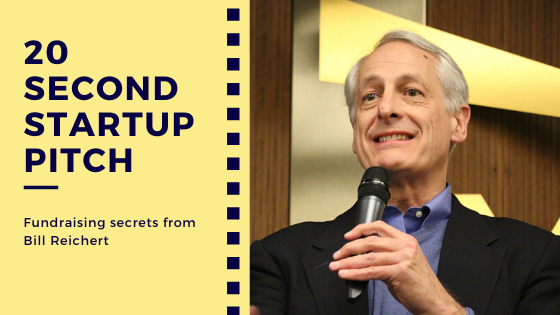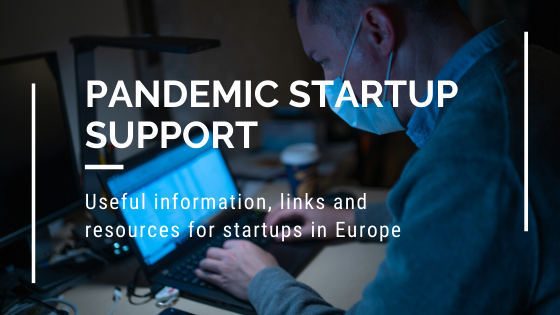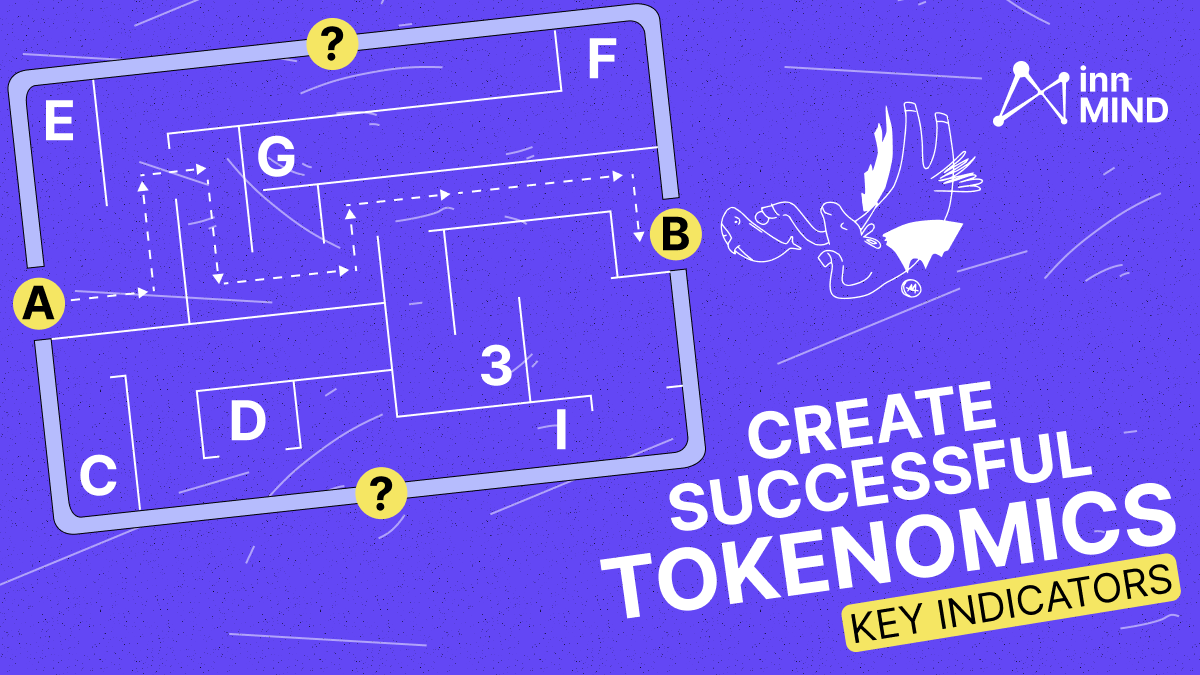Today’s Tech entrepreneurs have the key for solving hunger in Africa
The Worldbank together with Draper University host an online live stream event to highlight top innovative solutions in agriculture and food security risk financing in Southern Africa.

By Diego Arias, Ede Ijjasz-Vásquez, and Natalia Olson-Urtecho
Femke Dekker is an entrepreneur in Ghana looking to disrupt the way farmers and agriculture extension agents get advance notice of Fall Army Worm—a plant pest that attacks crops in Africa-- reaching their farms. Her company, Satelligence, has piloted a new service for farmers that combines district-level observation with weather forecasting to estimate food security and economic impact. After these successful pilots, Femke is facing a major challenge: how to scale up her business? how to help feed the 239 million undernourished people in Sub-Saharan Africa?
Farmers in Sub Sharan Africa contribute 15 percent to the region’s economy, and the entire agrifood sector is expected to employ more than 330 million people by 2040. At the same time, the COVID-19 crisis can double this year the number of persons in acute food insecurity in Sub-Saharan Africa to close to 140 million. The opportunities and the challenges are enormous.
Disruptive technologies in Africa’s agriculture sector must be part of the solution. They have proven to easily increase output by 10%. And we know that a 1% increase in agriculture value added reduces poverty (on average) by more than 1%. There are many barriers, but a critical one we have encountered everywhere is the lack of connections between entrepreneurs, governments, and farmers. How to fix this barrier?
Crowdsourcing solutions and innovation challenges can help define the most intractable food production challenges; discover entrepreneurs, new technologies and business models; and connect innovators with governments and funders.
In the past 18 months, the World Bank, Governments of the Southern Africa Region, and development partners have supported a series of innovation challenges. Businesses, startups, universities, environmentalists, and non-governmental institutions are harnessing digital technologies and coming up with innovative solutions to improve the farming ecosystem every day. The energy and excitement in these platforms are palpable.
The solutions are equally exciting. For example, Jess Bollinger, from Arable, has come up with low-cost, easily installable sensors that assess a farm’s microclimate and plant health so that farmers have farm-level weather information to guide how they manage the crop cycle and apply inputs. Joseph Silas, from CropIn, has collected, through electronic surveys, data for more than 165,000 farmers in Mozambique, allowing cheaper and faster credit risk assessments for financial institutions, expanding financing to farmers. Using farm-level socio economic and demographic information, coupled with geophysical and crop specific data, including prices can produce a risk assessment useful to banks.
What have we learned in these innovation challenges? Four key lessons.
1. Identify the problem or the opportunity: First, invite private sector investors, thought leaders, and out-of-the-box thinkers to brainstorm and ideate the problem or the opportunity.
2. Define the challenge and competition modality: Consider the limitations, strengths and institutional capacities from potential participants, to define the criteria for selecting candidates. Transparency is key. Challenges and competitions can take many shapes and forms, depending on the type of participants and how much risk the participants and organizers are willing to take. They can be done as an award at the end, a grant at the beginning, or different combinations. They can be one-stage or multistage events.
3. Establish proper follow-up support: Giving awards at the end of the challenge or competition is not enough. It is just the first step. Build a long-lasting relationship between the organizing agency in the Government with the entrepreneurs and communities around them. This will help with the journey from pilots to scale by testing ideas and figuring out what technical guidance is needed to accelerate refined solutions and business models.
4. Monitor and evaluate: Scaling up can only happen when you know what worked and what didn’t. But remember that evaluations will take time as the rates of adoption in some contexts are quite low and with significant lags.
Femke and the winners of this year’s innovation challenge have a lot to contribute to food security in Africa. The World Bank is connecting these entrepreneurs with ongoing and future agriculture development investments and Governments looking to adopt disruptive technologies. We need to support countries in Africa to quickly deploy innovation challenges and competitions that support new technologies, connect entrepreneurs to mentors, provide seed capital and financial resources to entrepreneurs in partnership with governments and policy makers. These platforms are a key part of the solution to accelerate economic growth and new jobs, and to eliminate poverty and hunger. If you want to learn more about the winners, please visit the World Bank’s agriculture innovation challenge page.
Read other interesting articles:








